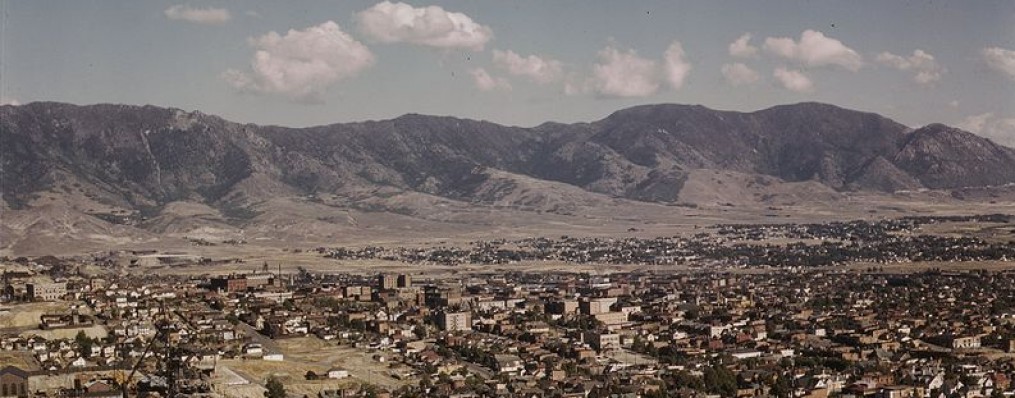No state or region had the same pandemic experience. The four hardest hit areas in the United States – Pennsylvania, Maryland, Colorado, and Montana – shared few commonalities as far as geography, culture, economy, or demographics. These factors all played a role in Montana’s high mortality rate, but each stemmed from the state’s economic system. Mining and agriculture dominated early twentieth-century Montana’s economy. The Homestead Acts of 1862 and 1909 encouraged settlement of Montana’s eastern plains, and copper and silver mines in the west and southwest portion of the state drew large numbers of young, able-bodied adults to Montana. The state’s demographic, social, and cultural diversity, encouraged by these economic opportunities, created a population and environment perfect for influenza’s survival.[1]
Montana’s economic opportunity drew the population most susceptible to influenza to the state. Most of Montana’s newcomers during the early years of the twentieth century were young adults, and a great many of those were either male, foreign-born, or both, the demographic groups most likely to die of the disease. The 1910 census reported that sixty percent of the state’s 376,053 residents were male, and nearly a quarter of the population was foreign-born. In Butte, Montana’s largest urban area and the community the pandemic hit hardest, the male to female ratio was more unbalanced than any other city in the United States. Butte had twenty-five percent more males than females, and over thirty percent of all the city’s residents were foreign-born. Montana’s population was not only predominantly male and foreign-born, but young as well. Over fifty percent of Butte’s population was between the ages of twenty and forty-four, and thirty-three percent of the state’s overall population were males between the ages of eighteen and forty-four. Continued immigration certainly increased these numbers in the years immediately preceding the pandemic, especially in Butte, where copper production reached a peak in 1916.[2]
